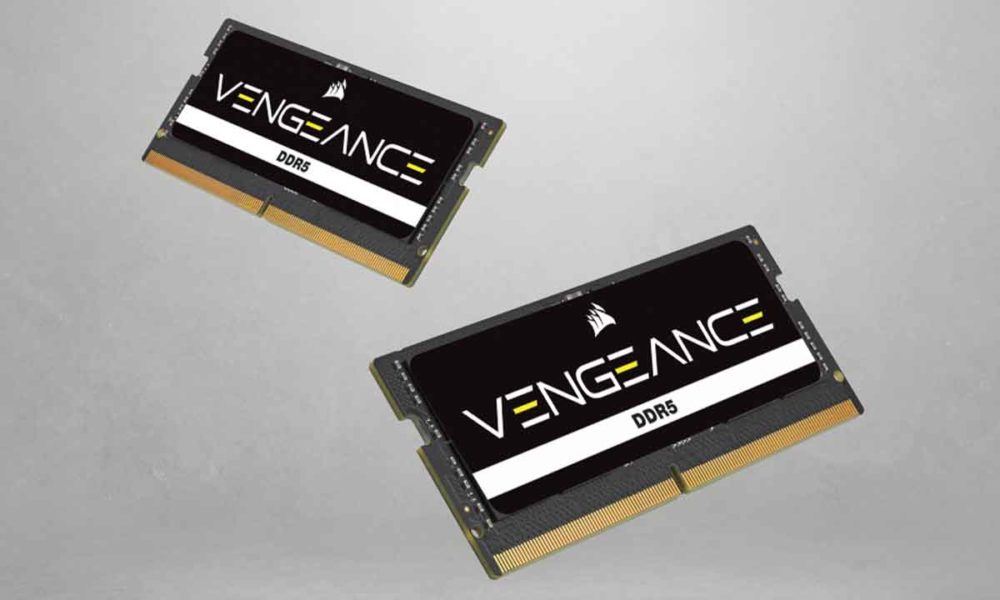Deepfakes in video calls are becoming more and more frequent. This method promises to detect them easily

Last month we told you how lying on your resume was a thing of the past. The ultimate in remote job interview scams was impersonating other people using deepfakes. And, although the purpose of these actions had little to do with actually getting the job, revealed a new security problem.
The truth is that, to a greater or lesser extent, video calls seem to be here to stay, not only professionally, but also personally. Consequently, all people are exposed to being deceived. The question is:we can easily detect a deepfake? The Metaphysic company proposes a curious technique.
A technique as promising as it is simple
A recent study ensures that we “catch” less than half of the deepfakes that pass in front of our eyes, although of course, we do not always have the same possibilities to detect them. If we are watching a video shared on social networks, unless we have specialized tools, we have no choice but to sharpen our eyes to try to identify if it is a hoax.
Nevertheless, If we meet in a video call, the chances of detecting a deepfake increase. We can ask the other person to perform a series of gestures that distort the work of the software that is doing the deepfake in real time and thus we can discover their attempt to impersonate another person.
The Metaphysic team asked actor Bob Doyle to participate in a series of video calls using DeepFaceLive, a real-time deepfake version of the popular DeepFaceLab software. As we can see from the screenshots, the system did its job very well with most of the characters.

Doyle became Sylvester Stallone, Ryan Reynolds, Nicolas Cage, Keanu Reeves, Tom Cruise, Vin Diesel, among others. However, in the middle of the transmission, they asked him to turn his head to the side slowly. The result? The quality of the deepfake was lost as the angle reached 90 degrees.

As the team explains, most deepfake systems do not perform well in acute angle scenarios. This is because almost all the reference points used by the facial recognition algorithm are assigned to the front of the face. Thus, when someone shows their face in profile of the deepfake, they start to get lost.
Another of the techniques that Metaphysic proposes to identify deepfakes is to ask the person with whom we are making a video call to wave your hand in front of your face. This will create a “critical situation for the model likely to demonstrate its latency and poor overlay quality on the real face.”
As technology advances and algorithms receive more training, deepfakes become more accurate and realistic. However, for now you can ask a person to turn their head at a 90-degree angle or wave their hand at the camera to know if he is cheating on you. Although we recognize that this could also be uncomfortable for the participants of the video call.
In Xataka | An artificial intelligence has written and performed a Seinfeld monologue. the result is amazing


